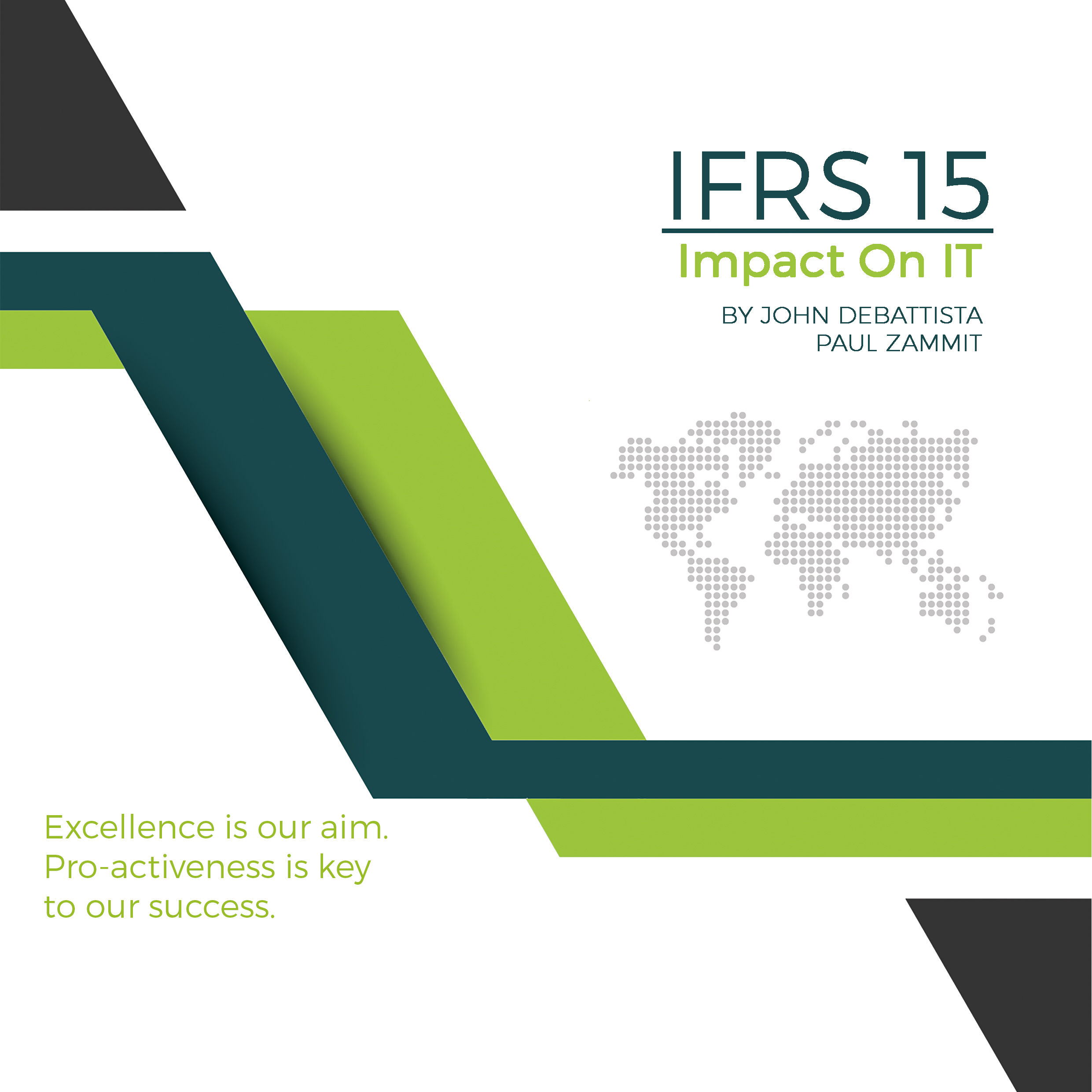Introduction
Over the next few months we shall be looking at the impact of IFRS 15 on various industries. In this edition we shall be tackling the IT industry, specifically multiple arrangement contracts relating to the supply of hardware, the supply of software licences, installation services and support services.
Example
Company A supplies two brands of software licences to customers and provides installation and support services on both brands. It also supplies hardware necessary for the software types to function properly:
- The Missile.
- The Rocket.
The Missile is imported by various local suppliers and then licensed to end customers. As a result, various suppliers can provide hardware, installation and support services.
The Rocket is a highly specialised type of software, which was originally developed by Company A, and has no equals in the market. As a result, there is only one supplier, namely Company A. Hardware necessary for the software to function is also specialised. For The Rocket to function correctly over the license term, Company A needs to perform special annual upgrades.
What is common about The Rocket and The Missile is that Company A charges same fees to its customers:
- Hardware necessary for the software to function: €2,000.
- 5-year license: €5,000.
- Installation services: €350.
- Support services: €1,150 covering support services for 5 years.
Company A also offers a package including the hardware, the software license, installation and support for a total fee of €8,000 payable upfront (thus giving a discount of €500).
How would company A account for revenue from The Rocket and The Missile in terms of IFRS 15, if the package of €8,000 is contracted with a customer?
IFRS 15 prescribes a five-stage process for recognising and measuring revenue:
- Identifying the contract.
- Identifying performance obligations.
- Determining the transaction price.
- Allocating the transaction price to performance obligations.
- Recognising revenue.
Stage 1 – Identifying the Contract
This requires the existence of a contract with a customer. For the purpose of the example, we’re assuming that the contract fulfils all criteria prescribed by IFRS 15.
Sales of both The Rocket and The Missile happen because of contracts with customers.
Stage 2 – Identifying Performance Obligations
An Overview of Performance Obligations
Performance obligations are promises made to customers in the contracts, in connection with goods and services being provided.
IFRS 15 states that an entity recognises revenue as it satisfies a performance obligation by transferring a promised good or service (that is, an asset), to a customer. Transfer happens upon control. Control of an asset refers to the ability to direct the use of, and obtain substantially all the remaining benefits from, the asset. Control includes the ability to prevent other entities from directing the use of, and obtaining the benefits from, an asset.
For instance, in the contracts being mentioned, the promises are:
- Supply of hardware – it is a good, control of which is transferred at the start of the contract.
- Licensing of the software – it is a service, control of which occurs over the lifetime of the contract.
- Installation of the software – it is a service fulfilled at the start of the contract.
- Support services in relation to the software – it is a service fulfilled across the lifetime of the contract.
Identifying the Number of Performance Obligations: Distinct Goods and Services
The new revenue standard distinguishes between two types of goods and services – those that are distinct and those that aren’t.
Distinct goods or services need to meet two criteria:
| Criteria 1 | Customer can benefit from good or service either on its own or together with other resources that are readily available to the customer. |
| Criteria 2 | Entity’s promise to transfer the good or service to the customer is separately identifiable from other promises in the contract. |
IFRS 15 refers to the following as possible factors that may indicate that two or more promises are not separately identifiable, thus failing the second criteria (above) required for goods and services to be distinct:
- The entity provides significant service of integrating the goods or services with others promised in the contract.
- One or more of the goods or services significantly modify or customise, or are significantly modified or customised by, one or more of the other goods or services promised.
- The goods or services are highly affected by each other.
In both cases, criteria 1 is fulfilled as the customer can benefit from the good or service received which means that the performance obligations are distinct.
In the case of The Missile, there are various suppliers. Customers might approach Company A for any of the four promises in isolation, and the promises are separately identifiable from each other (criteria 2 is fulfilled). As a result, in the case of The Missile, goods or services provided are distinct, and there are four performance obligations.
- Hardware: €2,000.
- 5-year license: €5,000.
- Installation services: €350.
- Support services: €1,150 covering support services for 5 years.
In the case of The Rocket, there is only one supplier, and no other alternative. Also, the goods and services are highly customised. Therefore, in this case, there is one performance obligation. Moreover, the assets provided are not distinct. It is impossible that Company A is approached solely for installation, or solely for support services.
Types of Performance Obligations
Once the number of performance obligations is identified, it needs to be seen whether the performance obligations are satisfied over time or at a point in time.
Performance obligations satisfied over time meet one of the following three criteria:
Criteria 1: The customer simultaneously receives and consumes the benefits provided by the entity’s performance as the entity performs.
Criteria 2: The entity’s performance creates or enhances an asset that the customer controls as the asset is created or enhanced.
Criteria 3: The entity’s performance does not create an asset with an alternative use to the entity and the entity has an enforceable right to payment for performance completed to date.
If any of the above criteria is not met, the performance obligations would be satisfied at a point in time.
In the case of The Missile, which has four performance obligations, each good or service needs to be revisited:
- Supply of hardware – the performance obligation is satisfied at a point in time (year 1 – on delivery of hardware).
- Licensing of the software – the performance obligation is satisfied at a point in time (year 1 – at the start of the software term).
- Installation of the software – the performance obligation is satisfied at a point in time (year 1 – on installation).
- Support services in relation to the software – the performance obligation is satisfied over time (by applying one of the output methods prescribed by IFRS 15 paragraph B15, that is time elapsed).
On the other hand, the performance obligation (that is, all promises bundled into one performance obligation) of The Rocket needs to be classified as a performance obligation satisfied over time, for the reason that the bundle of goods and services requires special annual upgrades by Company A.
In this example, when performance obligations are being classified as satisfied over time, the customer is simultaneously receiving and consuming the benefits provided by the entity’s performance as the entity performs.
IFRS 15 paragraph B58 lists down the three criteria that need to be met for distinct licences (like The Missile) to be recognised over time, rather than at a point in time as is the case in our example. These three criteria are:
Criteria 1: The entity will undertake activities that significantly affect the intellectual property to which the customer has rights.
Criteria 2: The rights granted by the licence directly expose the customer to any positive or negative effects of the activities in Criteria 1.
Criteria 3: The activities in Criteria 1 do not result in the transfer of a good or service to the customer as those activities occur.
These criteria (right to access criteria) result in performance obligations satisfied over time. If they’re not met, performance obligations for distinct licences are satisfied at a point in time.
Stage 3 – Determining the Transaction Price
The transaction price is €8,000 for both contracts.
Stage 4 – Allocating the Transaction Price to Performance Obligations
In case of The Missile, there are four performance obligations, and the allocation is carried out as follows:
| Description of Performance Obligation | Stand AloneSelling Price | Stand Alone Percentage(Proportionate) | Allocated Amount |
| Hardware | 2,000 | 23.5% | €8,000 x 23.5% = €1,880 |
| License | 5,000 | 58.8% | €8,000 x 58.8% = €4,710 |
| Installation | 350 | 4.12% | €8,000 x 4.12% = €330 |
| Support | 1,150 | 13.5% | €8,000 x 13.5% = €1,080 |
- Stand Alone Selling Price: The selling price of each promise as if it were being supplied in isolation is determined.
- Stand Alone Percentage: The selling price of each promise as a percentage of the sum of all stand-alone selling prices is determined.
- Allocated Amount: the transaction price, which may be different from the sum of the stand-alone selling prices, is allocated to all promises.
In the case of The Rocket there is only one performance obligation and the allocation of the transaction price across performance obligations need not be made.
Stage 5 – Recognising Revenue
| THE MISSILE | YEAR | |||||
| Performance Obligation | 1 (€) | 2 (€) | 3 (€) | 4 (€) | 5 (€) | TOTAL (€) |
| Hardware | 1,880 | 0 | 0 | 0 | 0 | 1,880 |
| Software Licence | 4,710 | 0 | 0 | 0 | 0 | 4,710 |
| Installation Fees | 330 | 0 | 0 | 0 | 0 | 330 |
| Support (20% p.a. of €1,080) | 216 | 216 | 216 | 216 | 216 | 1,080 |
| TOTAL | 7,136 | 216 | 216 | 216 | 216 | 8,000 |
In the case of The Rocket, since there is one performance obligation, presumably this would be recognised over the life of the contract, that is, €1,600 per year. In this case, the method for measuring progress towards complete satisfaction of the single performance obligation is one of the output methods prescribed by IFRS 15 paragraph B15, that is, the measurement according to time elapsed.
Download:
IFRS-15-Impact-on-IT
Disclaimer: Please note that this article is being published for information purposes only. As such it does not constitute or is to be interpreted or construed as legal advice or guidance. ZD does not accept responsibility for or be liable to any damages arising as a result of using this information as legal advice or guidance.



